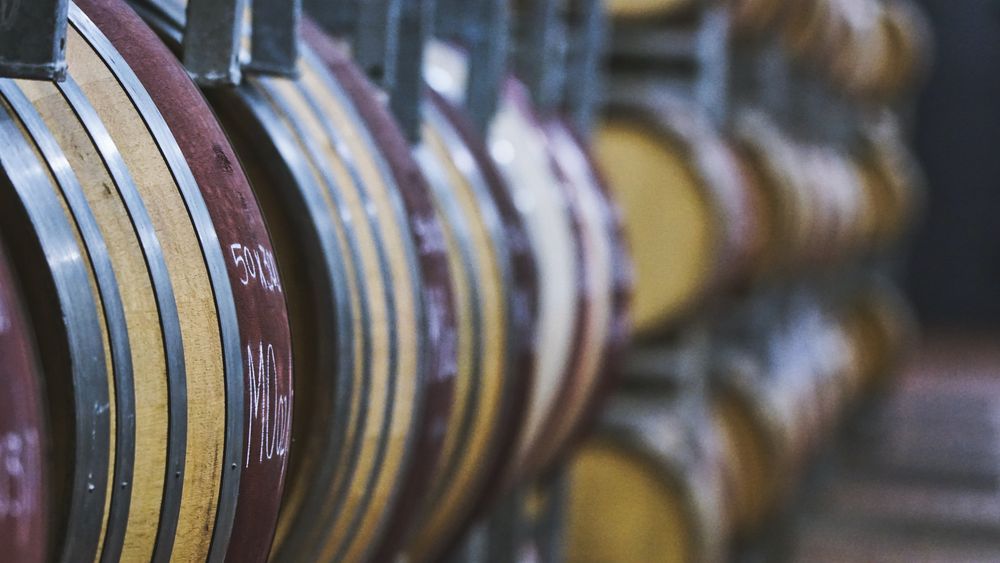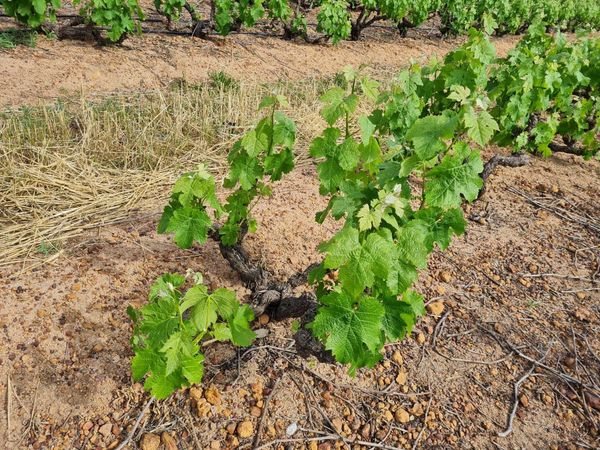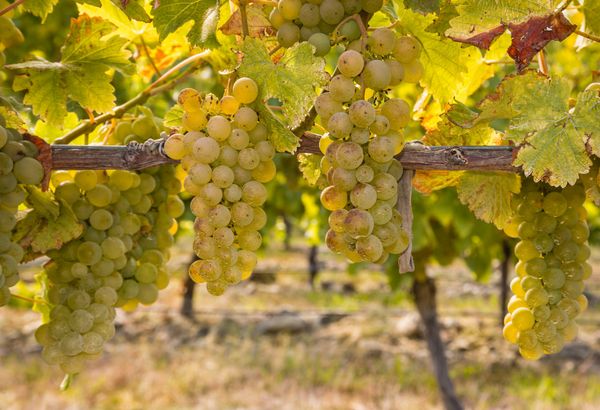Oak and wine
Before glass bottles were invented in the 1600s, most wines were stored and sold in wooden barrels. Wines were then decanted into ceramic vessels to be served.
These days we have stainless steel fermentation tanks, clay eggs and a whole host of other fermentation and storage vessels. So why do winemakers still use oak barrels to ferment and/or age wines?
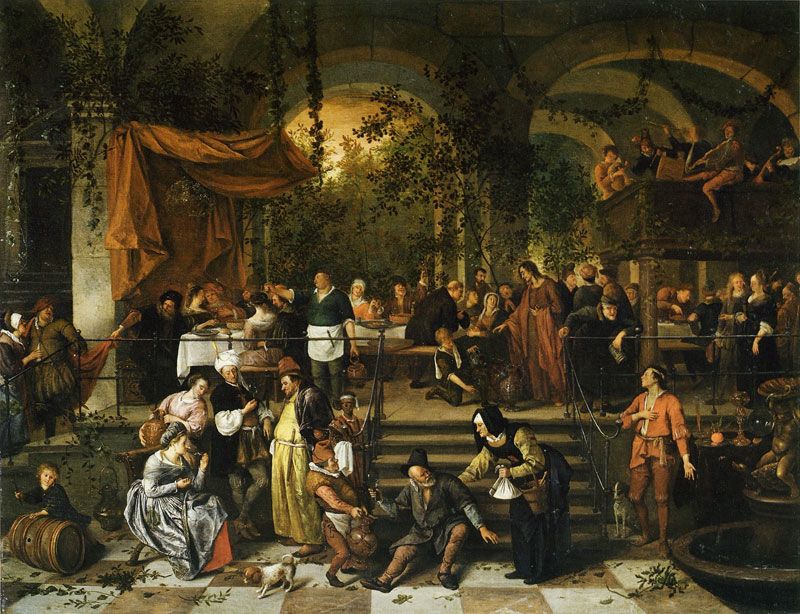
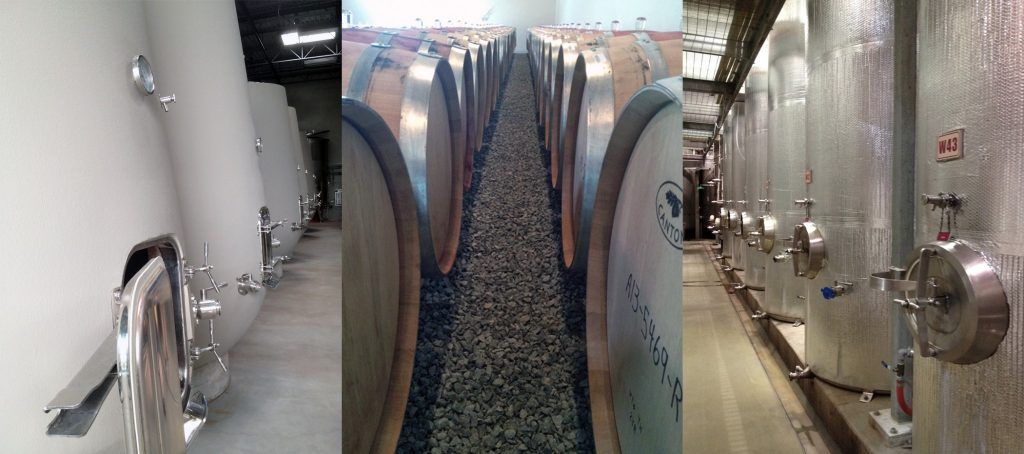
Before we get to the answer of the above question, we need to understand why wines are aged and what barrel ageing is.
Barrel ageing
Between fermentation and bottling, wines go through a process which the French call élevage that means “raising” or “upbringing”. This process can last from a few months to a couple of years and is the time when a wine's flavours can integrate and mature. The winemaker's choices during this time will have a massive impact on the character and profile of the wine made available to the consumer. One of the most important decisions that the winemaker needs to make during this time is which fermentation vessels will be used.
Barrel ageing is thus the process of ageing a wine in a barrel to develop flavours and (in the case of red wines) soften tannins.
Oak's effect on wine
We've started touching on the effect that oak ageing/maturation has on wine, so let's delve a little deeper.
Oak has three major effects on wines:
- It adds flavour compounds which include aromas such as vanilla, clove, smoke and coconut.
- It allows the slow ingress of oxygen which makes wines taste less astringent and smoother.
- It provides a suitable environment for certain metabolic reactions to occur (specifically malolactic fermentation which makes wines taste creamier).
Without oak ageing wines will have a very different flavour profile with more pronounced fruit flavours on the nose and palate.
A good example, and test that you can do at home, is to taste two different Chardonnay's. See if you can buy one bottle that has been oaked (aged in the barrel) and one that is unoaked.
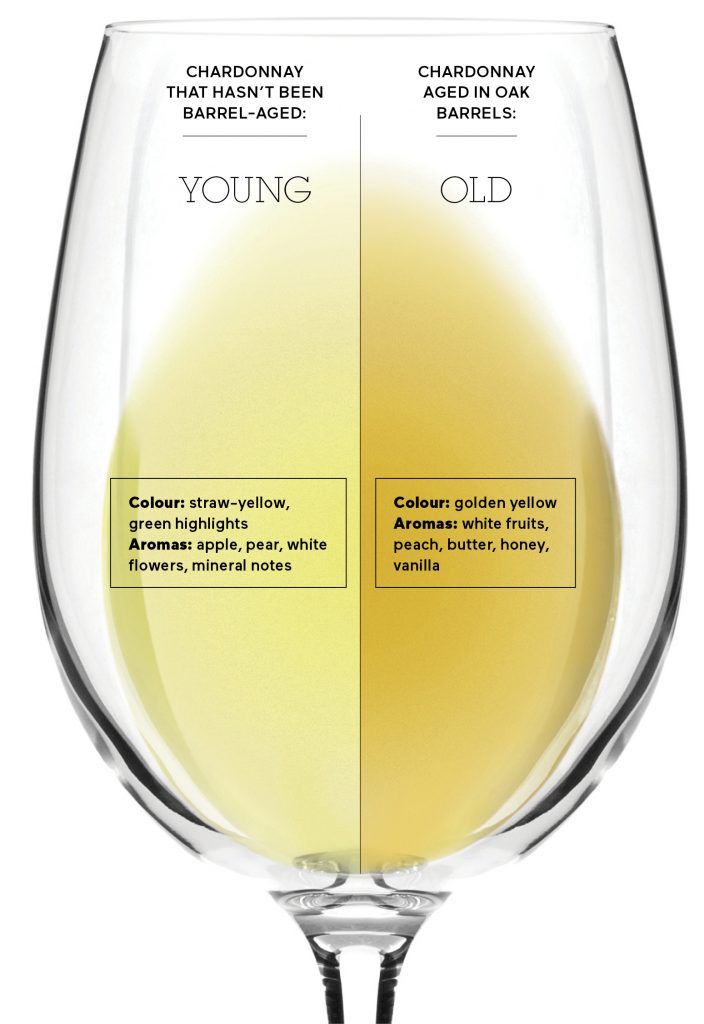
As soon as you pour the two different wines you will be able to see the difference; the unoaked Chardonnay will be lighter in colour.
The flavour profiles will also be quite different, depending also on how long the oaked Chardonnay was aged in the barrel. An unoaked Chardonnay will typically display a range of flavours from citrus and green apple, to overripe peach and canned pineapple. These wines are usually also fresher and more acidic than their oaked counterparts.
An oaked Chardonnay will have a richer, deeper colour and display flavours of citrus, green apple, peach and pineapple (similar to unoaked Chardonnay), but will also have flavours of vanilla, baking spices and butter. The wine should also be creamier and feel heavier in your mouth.
Alternatives to barrels
Wine barrels are very expensive and can only be used about 3 times if the winemaker wants to impart barrel-specific flavours to their wines. A winemaker can also decide to only add a hint of oak flavours to their wines. It is because of these reasons that oak staves or chips can be added to a stainless steel fermentation tank to slightly mimic some of the effect that oak barrels have on wines.
This is a good alternative for mass-produced wines on the lower end of the pricing spectrum.
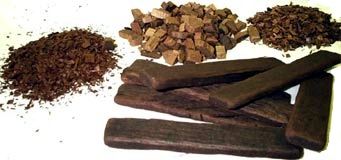
Thanks for reading! I hope that you enjoyed this article and that you found it interesting.
If you would like to receive these articles in your inbox, click on the subscribe button and send me your email address.
Follow The Wine Dream on Instagram for more photos and tasting notes.

